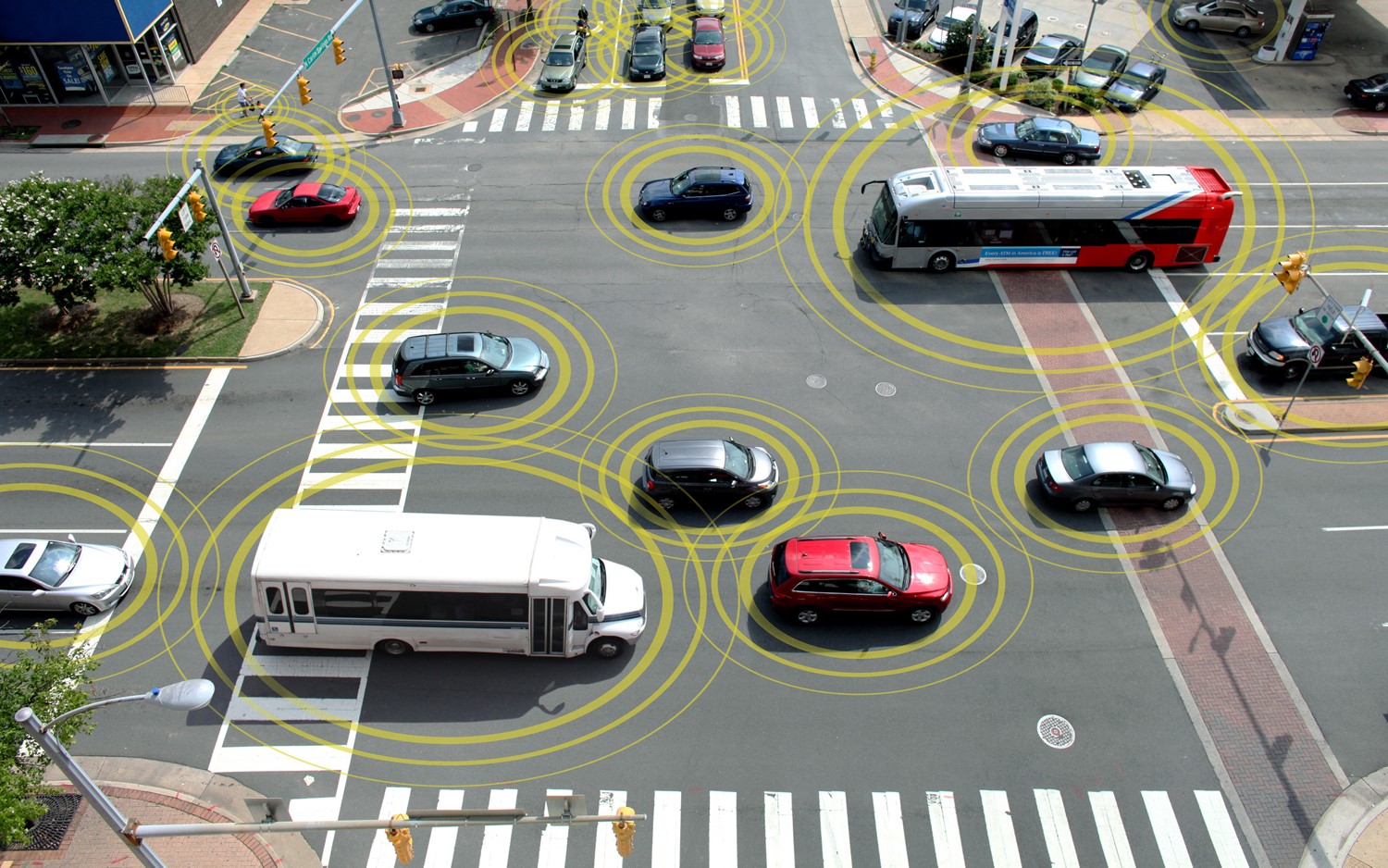The War on Driving, Part II: V2V Is A Reality
 |
| The government's goal is to have every car on the road talking to all cars around it. |
To no one’s surprise, US Dept. of Transportation Secretary Anthony Foxx announced at a propaganda conference this past week that in addition to surveillance cameras, traffic light cameras, license plates, roadside still photo speed traps and a national driver’s license database, American drivers would soon be subjected to yet another tracking system.
This time the system will be embedded in your car. And there is no opt out. New car buyers have no choice.
The Orwellian automotive nightmare called “V2V" (click here for a complete description) is to become a reality. Hidden beneath the predictable shrieks for safety and security, the digital V2V system will track your location, speed, distance from other vehicles, and a plethora of other personal data that may also include a real-time data feed on your car’s emissions, a permanent map of your travels, the number of passengers you’re carrying, miles driven, and much more. This data will be fed to a central government database via a wireless frequency designated the “Dedicated Short Range Communication" band. It is not anonymous data; it is tied to your personal identity through the car’s VIN and registration. And it is not voluntary.
You have no control over your data. You have no means to verify that your personal information is not illegally shared (after being illegally gathered) in violation of federal law. Neither the Dept. of Transportation nor the National Highway Traffic Safety Administration chiefs are elected by the public, nor can they be held accountable by the public.
The driver’s interface with the V2V system will likely be a dash-mounted screen with icons representing your speed, your distance from cars around you, and the speed of nearby vehicles. I’ve seen the early prototype interface from Toyota. It’s basically a TV screen in the center of the dash that gives a readout of information that, when fully read, could be sufficiently distracting to cause an accident rather than prevent one.
Government officials claim that the V2V system will save fuel by warning drivers of traffic congestion. It will certainly warn against congestion. It will not save fuel. News flash – traffic is congested every morning in nearly every major city on the continent. A TV screen telling you what you already know and cannot avoid will not change that.
Government officials claim that the V2V system will prevent accidents by measuring your following distance from the car in front of you. That’s not true, either. You can already see how much following distance you have from the car in front of you… because it’s right in front of you. Does anyone seriously believe that an annoying – and dangerously distracting – interactive screen telling you what you already see will really slash accident rates by 70-80% as is claimed?
The early estimates allege that outfitting new cars with V2V will cost between one hundred and two hundred dollars. This is the same government that infamously spent $7,600 for a coffee maker, $436 for hammers and $640 for a toilet seat, making it unlikely that any thinking person will take the estimates seriously. And ultimately, why should the Dept. of Transportation care how much V2V costs? They don’t have to pay for it. You do. And they’re not elected.
Officials refuse to say how soon V2V will be mandated for new cars, claiming only that it won’t be for “several years." Their only stated timetable is to finalize the regulations before the current administration leaves office, obviously fearing that a new administration that respects privacy and constitutional law might nix the idea before it can be crammed down Joe Sixpack’s throat and into his car.
 |
| Gee did I need my car to tell me there are two 18-Wheelers in my way? |
A 90-day “public response" period is scheduled for this spring, which is absurd considering that the government has already committed to the system. The decision to implement V2V was made without your input, demonstrating that any public response period is merely a propaganda move.
The reasons offered to support the V2V system are so weak that they should alarm us all. The Dept. of Transportation has so little respect for the intellectual capacity of the average American that they apparently feel no need to offer carefully crafted, quality lies. They are convinced that Boobus Americanus will submit to any new tracking and surveillance system they dream up, so long as it carries the well-trodden label of “safety and security."
Unfortunately, they may be right.
Stephen Cox
Presented by McGunegill Engine Performance
